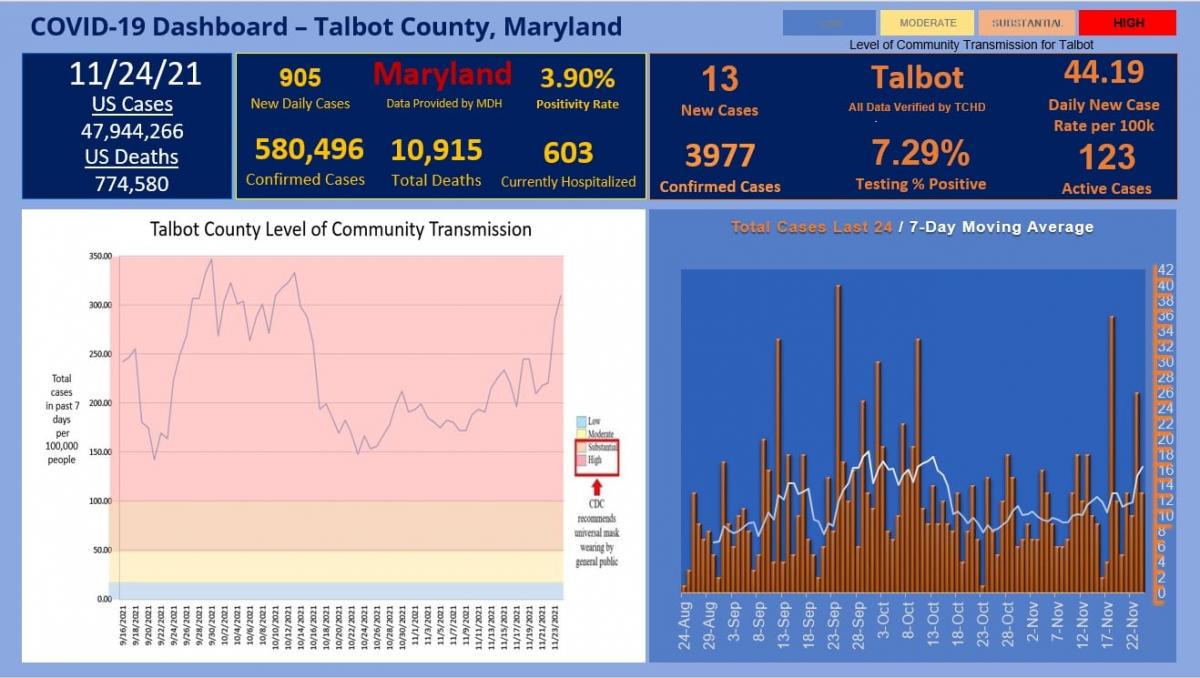It has been 20 years now since a Northern Virginia developer first proposed building 2,501 homes accompanied by approximately 40 acres of commercial space in Trappe. A vote on Resolution 308 could determine how this project might proceed.
To recap on Lakeside, Trappe was stressed financially in 2002, and Rocks Engineering Co. promised to chip in for the town’s municipal services if the Town would annex his property and approve development. This included hiring a police officer and contributing $250,000 to the town’s Volunteer Fire Department. Rocks also agreed to build a state-of-the-art wastewater treatment plant.
A referendum to annex 924 acres was passed in 2003; but a development that would quintuple Trappe’s population caused concerns, of course, as did the plan to initially connect up to 120 homes to an already underperforming wastewater treatment plant and spray irrigate 87 acres alongside Miles Creek with over 150,000 gallons of treated wastewater daily.
Resolution 281, which provided the Comprehensive Water and Sewer Plan amendment needed for the construction of Lakeside, was approved 4-1 by the Talbot County Council on August 11, 2020. But there was no mention of the County’s role in this process. Having discovered new worrisome information and hoping to “provide the County with some leverage to negotiate with this developer,” County Council Vice President Pete Lesher introduced Resolution 308 to rescind Resolution 281.
In October, the Maryland Department of the Environment held a public hearing regarding a permit for the proposed new plant attended by over 100 concerned citizens, and by December Talbot County resident Dan Watson was finally granted an opportunity to present the data he had collected over the past decade.
One benefit of all of this is the opportunity to acquire a nodding acquaintance with Maryland environmental law. Section 9-503 of the Environmental Article of the Annotated Code of Maryland requires the Maryland Department of the Environment to issue and enforce permits according to regulatory standards; and Section 9-505 requires the county to be responsible for the oversight, planning, financing, and construction of sewerage systems. And the public “shall be heard.”
County Council President Callahan had recently shared this positive message: “I want citizens to know that as we move forward with several projects related to growth in our county in the coming year, my dedication is to preserve the character, natural beauty, and quality of life we have all grown to cherish here.”
With that in mind, the Council began an almost four hour discussion of the project.
First up: Resolution 308 to rescind Resolution 281 in order to amend and update the plan for Lakeside. Council Vice President Lesher suggested deferring this vote until the Planning Commission had offered their opinion. A heated discussion ensued.
“What does the Planning Commission need to address?” asked Councilman Divilio. The Planning Commission no longer supports Resolution 281, and over 3700 comments had been received since the October hearing. A heated discussion ensued.
After debating issues of standards, compliance, authority, regulations, recommendations, clarifications and allegations, Councilwoman Price warned, “The Attorney General is going to side with the Planning Commission.” And, “Of all the issues we have voted upon, this is the most important.”
The heated discussion continued, but we might conclude that Councilmen Divilio and Pack were pretty much against further consideration, while Councilwoman Price and Council President Callahan leaned in the opposite direction. (Leaning was heavy, but an undercurrent of civility was maintained. The January 25 meeting can be viewed in its entirety here.
President Callahan then asked, “Do we want what’s best for Trappe? Do we want a healthy environment?”
Vice President Lesher moved the issue forward by proposing a Blue Amendment to Resolution 313. This amendment would require that any new additions to existing wastewater treatment would be subject to the existing plant being upgraded to be consistent with current standards. He also pointed out that this essentially reflected Planning Commission language and reiterated that any new connection would first require upgrade to ENR (state ranking) standards.
Councilwoman Price added that Resolution 313 should go to the Planning Commission next, but that meeting would not take place until March.
Council President Callahan suggested, “We’ll hopefully get more information in the next couple of weeks.”
Mr. Schmidt, a member of Trappe’s Town Council and Planning Commission, was then invited to speak. He insisted that Trappe’s plant is “not failing,” but “operating to its peak ability.” Rebuilt in 2008, it’s “upgrade is just short of ENR.” (“Enhanced Nutrient Removal”- which is the highest standard. But it seems that existing facilities must meet only the requirements enforced when installed.)
Alan Girard of the Chesapeake Bay Foundation stated simply and clearly that the Trappe plant “needs to be upgraded” and “in line with expectations for ENR (higher ranking) treatment before connections are made.
Ryan Showalter, Attorney for Trappe East Business Holdings Trust, also waited hours to speak. He suggested that the Trappe plant “has capacity,” and that their “commitment in the long term is to meet requirements.” He reminded us that they had also “made commitments based upon approval of Resolution 281,” and Trappe’s plant is “in compliance with its permit.”
The meeting adjourned at 11:18 PM. No date has been set for the Council work session on Lakeside as of this report.
Selected Highlights










